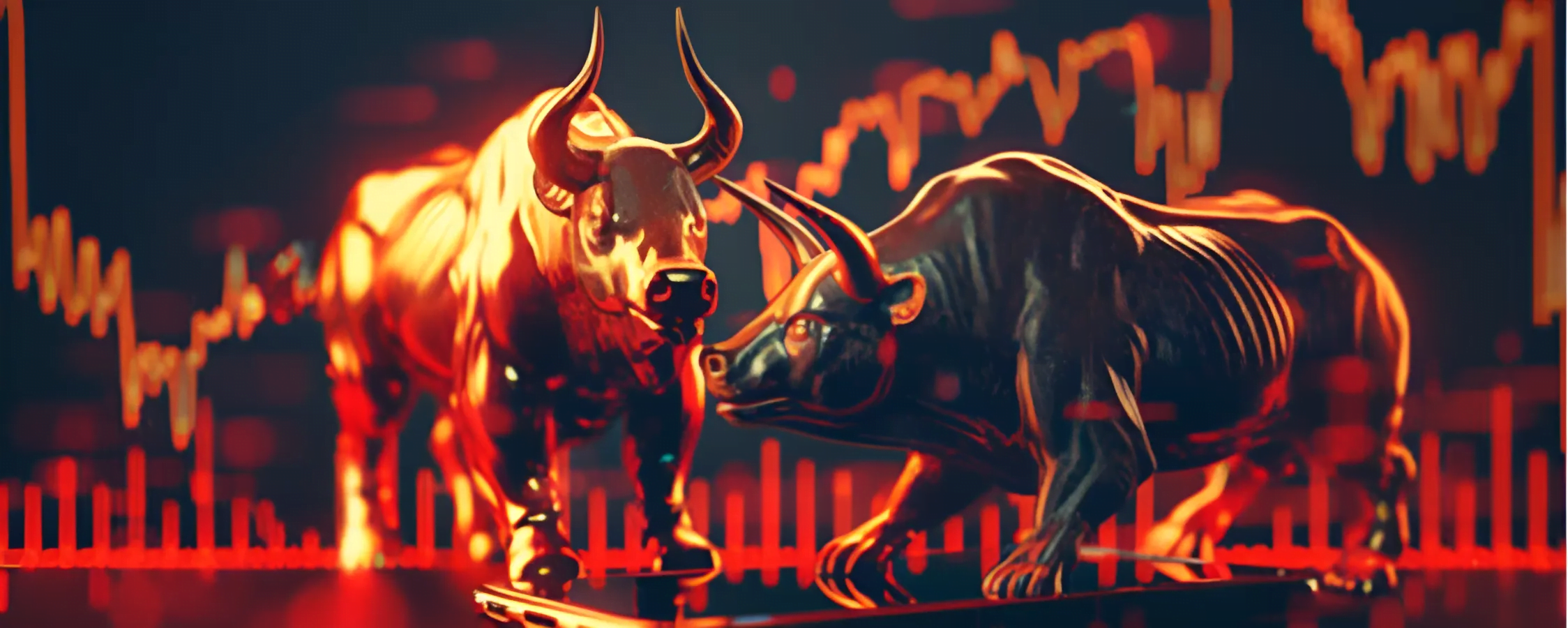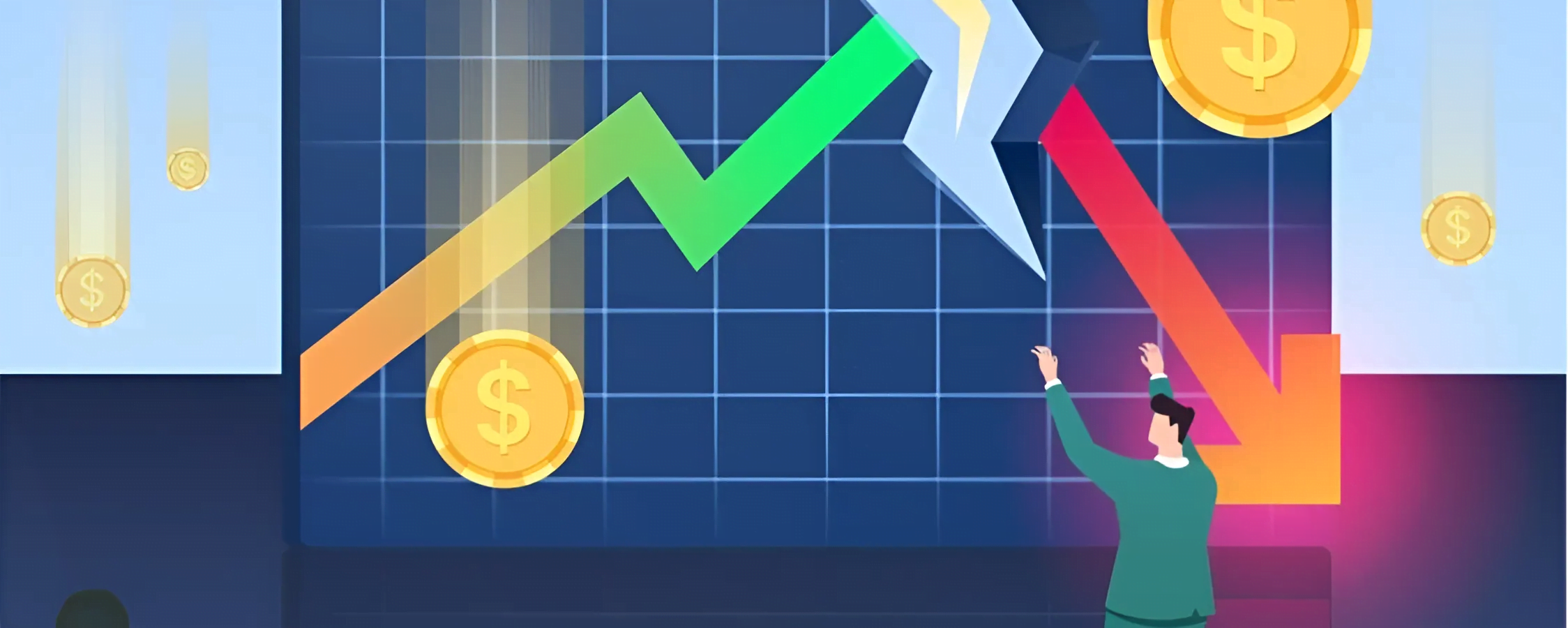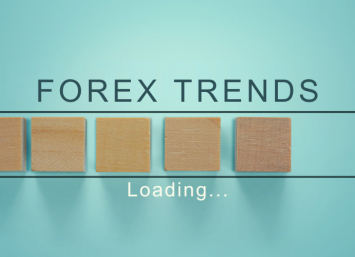5 Tips For Navigating Forex Market Volatility

One of the world's most liquid and active markets is foreign exchange or Forex. It is, therefore, also vulnerable to spikes in volatility brought on by global events and the economy. Large daily price fluctuations offer traders both chances and risks. It takes discipline and planning to navigate volatility successfully. This article provides five essential actions that traders can do to efficiently control risk and spot high-probability trade ideas amid the chaotic Forex market conditions.
What Causes Periods of High Volatility?
Central bank decisions, unexpected economic data, political unpredictability, and world crises are some of the main causes of forex volatility. As risk sentiment shifts, geopolitical pressures such as military wars or sanctions can introduce periods of extreme volatility. The release of highly anticipated economic figures, such as employment data, from large economies may cause volatility in comparison to expectations set by the market. Currency pairs are also shifted by central banks' differing monetary policies. There is frequently more volatility in the forex market during the periods after policy meetings.
1 - How Does Volatility Affect Price Action?

Currency pairs show larger usual daily trading ranges and faster price changes when market conditions are turbulent. Expanding gaps between levels of support and resistance bring with them hazards as well as improved short-term trading opportunities. If momentum keeps going in one direction in a volatile environment, strong patterns may emerge. Aggressive retracements against the primary trend do, however, also happen more frequently. Whipsaws quickly oscillate prices between defined levels, confusing trends. If left unchecked, the psychological "fear and greed" cycle tends to increase volatility and emotional trading mistakes.
2 - How to Analyze Markets for Volatility Opportunity
Examining recent price movement ahead of possible volatility drivers helps in identifying forms indicating a significant move. Moving averages, Fibonacci retracements, and daily pivots are examples of key levels that operate as filters for potentially highly significant reaction zones. Trend information can also be obtained by observing order flow data, such as the commitment of traders' reports. The Average True Range is one indicator that may be used to quantify volatility objectively. Potential breakout areas are identified by scanning for pairs that exhibit expansion outside of typical trading ranges. Inherent risk is reduced by sizing positions appropriately with stopped loss points.
3 - How to Systematically Trade Volatility
Rather than reacting emotionally, traders methodize volatility by screening qualifiers for low-risk, high-reward entry points. Buy limits under broken support levels targeting a multiple of Average True Range aim for mean reversion bounces. Sell stops above penetrated resistance target short breakdowns. Optimal entries occur away from recent swings after congestion to filter noise. Strategies like range trading capitalize on whippy price action too. Considering multiple timeframes removes bias and validates signals. Proper position sizing preserves capital during whipsaws for remaining engaged when opportunities emerge.
4 - How to Hedge Exposure and Manage Risk

Currency pairs holding high positive or inverse correlation can offset volatility exposure through diversification via pairs trading. Index-correlated assets like stocks may supplement hedges too. Stop losses dynamically adjusted trail profits prevent losses exceeding a fixed percentage of capital. Reducing leverage during heightened uncertainty avoids potential margin calls. Partial closes lock partial profits while allowing runners. Traders should trim or exit all positions entirely during geopolitical “black swan” events exceeding normal volatility assumptions until sentiment stabilizes once more.
5 - How to Avoid Psychological Pitfalls
Volatility inflames emotions increasing ruinous behavioral biases. Overconfidence leads to excessive risk-taking on small wins expecting trends to extend, while hesitation delays entries optimizing signals. Anger and frustration at losses tend traders hunting to instantly recoup, prolonging drawdowns. Feeling overwhelmed, some quit markets entirely during peaks rather than managing volatility as an expected condition with opportunity. Maintaining a system and sticking to proven risk management prevents rash decisions during emotional swings preserving capital for the long term.
Conclusion | Forex Market Volatility
Forex market volatility, while unpredictable in magnitude and timing, represents a constant variable impacting currency price action. Successful traders anticipate, prepare for and systematically navigate periods of amplified swings by mitigating risks through diversification while identifying high-probability trade plans. Executing a defined strategy, scaling position sizes appropriately, and managing psychology allows participating during volatility to potentially identify rewarding risk-defined setups. Traders who can effectively implement the steps outlined stand to benefit long-term from enhanced risk-adjusted returns.



